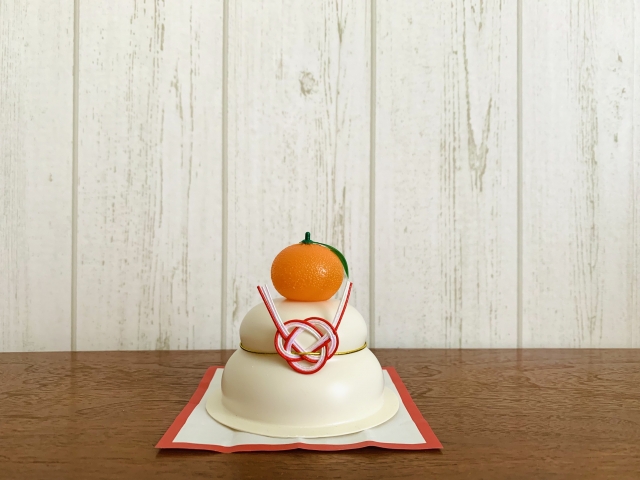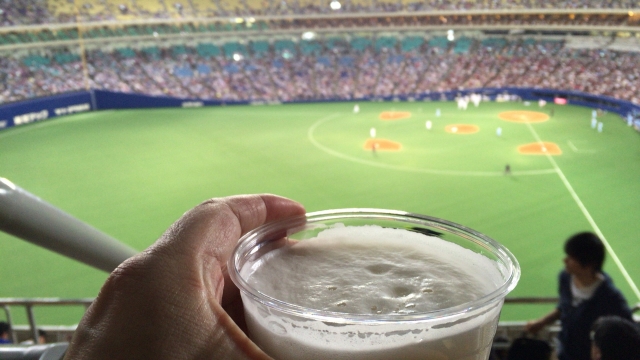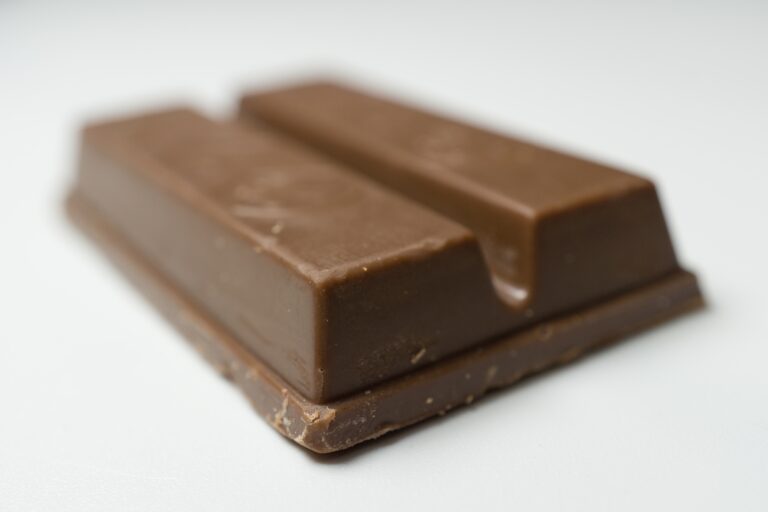皆さんは1年の始まりをどんな風に過ごしていますか?
日本では、一般的に1月7日までを「お正月(osyougatsu)」と呼ばれていて、1月1日を「元旦(gantan)」、1月1日~3日までを「三が日(sanganichi)」と呼んでいます。
どの国でも1年が始まる日はお祝いムードに包まれますが、日本でも同じように新年をお祝いする習慣があります。
その多くが日本ならではの風習であるため、日本に訪れた外国籍の人からすると新鮮な体験ができることでしょう。
この記事では、そんな「日本のお正月ではどんなことをするの?」という疑問について解説していきたいと思います。

日本で行われるお正月行事
それでは、さっそく日本で行われるお正月行事をいくつか挙げていきましょう。
この時期に日本に滞在するならば、ぜひ積極的に日本のお正月を体験してみましょう。
初日の出
「初日の出」は、1月1日の朝に昇る太陽のことを指します。
日本では、1年の始まりである元旦に見る太陽は「年神様が降臨する」といわれていて縁起が良いものとされています。
多くの日本人が太陽が顔を出すその瞬間を見ようと早起きし、初日の出を拝むのです。
12月31日の夜に初日の出が見れるベストスポットまで移動する人もいます。
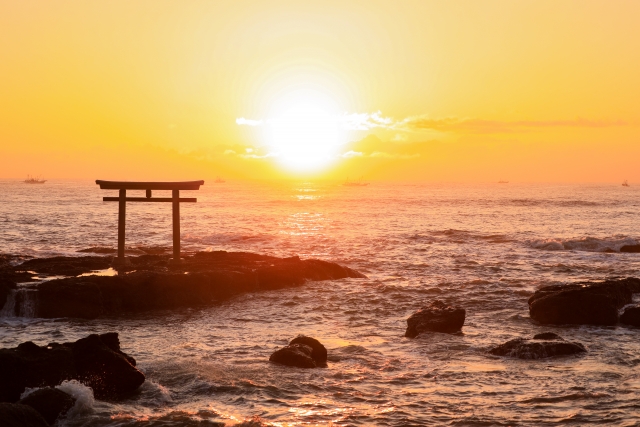
初詣
「初詣」は、神社やお寺に新年最初の参拝をすることを指します。
江戸時代から始まった風習で、毎年多くの日本人が各地の神社やお寺に初詣をしに行きます。
特に格式の高い神社である「○○神宮」「○○宮」「○○大社」という名称の神社は、毎年100万人規模の参拝者が訪れます。
東京都にある明治神宮は、毎年300万人規模の参拝者が訪れるほど人気となっています。
年が明けてすぐの深夜から1月7日までの期間に初詣をすることが多く、この期間には甘酒などがふるまわれることも多く、屋台が並びます。
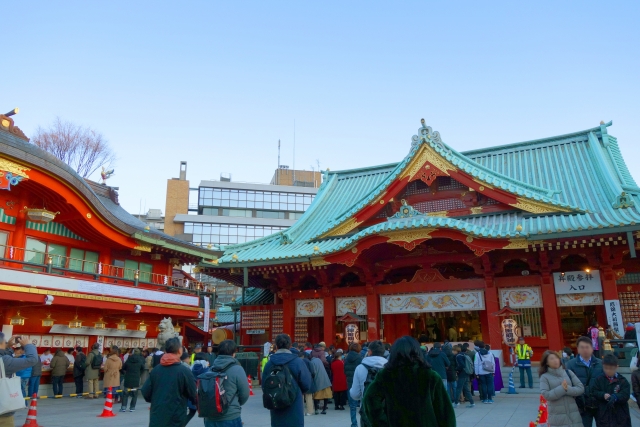
おみくじ
神社やお寺で初詣をするならば、絶対に外せないのが「おみくじ」です。
おみくじは、その年の運勢を占うもので、神社やお寺で引くことができます。
引く際は、定められた金額を収めてから手に取ります。
一般的には、「大吉、吉、中吉、小吉、末吉、凶、大凶」の7種類(大吉が1番運勢がよく、大凶が1番運勢が悪い)となりますが、「半吉」などそれ以外の種類があるところもあります。
参拝をした後におみくじを引きます。
あくまでもその1年の指針となる結果であり、引き直してはいけません。
おみくじの内容を踏まえたうえで、気を付けて1年を過ごすことが重要なのです。

おせち料理
日本では、元旦から三が日に食べる料理です。
- 数の子
- 黒豆
- 紅白かまぼこ
- 伊達巻
- 栗きんとん
- 鯛の焼き物
- 昆布巻
- 海老
このような食材が専用の重箱に詰められ、食卓に並びます。
各食材の美味しさはもちろんですが、その色鮮やかな見た目は芸術とも言えるほど綺麗です。
近年では、若年層の家庭でふるまわれる機会が減ってきていますが、様々な店舗で販売しているのでぜひ購入して食べてみましょう。

年賀状
「年賀状」は、お世話になっている人たちに新年のあいさつを伝える葉書(手紙)です。
「新年あけましておめでとうございます」といった挨拶を書き、昨年1年間の感謝と新たな1年に対する相手への気持ちなどを綴ります。
元旦に届けるためには、年が明ける前(12月25日)までにポストに投函する必要があります。
元旦から三が日の間に年賀状が届いたら、すぐにコンビニなどで葉書を購入し、書いてからポストへ投函しましょう。
ただし、1年以内に近親者に不幸があった家庭は「喪中はがき」が届きますので、その人には年賀状を出さないようにしましょう。
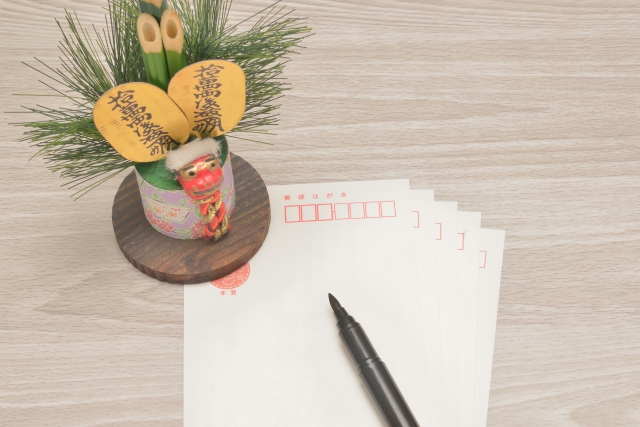
お雑煮
「お雑煮」は、お餅を使った汁物料理のことを指します。
昨年までの収穫や無事を感謝し、新たな1年の豊作や家内安全を祈って食べる風習です。
関東地方では醤油ベースのお汁にお餅やいろいろな具材を入れますが、地域によっては味噌ベースだったり入れる具材が違ったりします。
お餅の形も関東では四角いお餅ですが、関西では丸餅となります。

お年玉
「お年玉」は、小さな「ポチ袋」にお金を入れて子供などに渡すご祝儀です。
渡す対象は親から子どもだけではなく、祖父母から孫、師匠から弟子、年長者から年少者といったケースもあるので、日本人でなくてもあげる側やもらう側になる可能性もあります。
ただし、先輩の子どもなど目上の人の子どもにお年玉を渡すのはNGとなっているので注意が必要です。
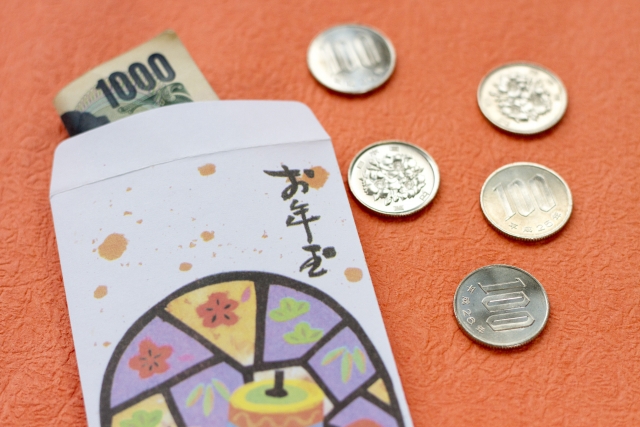
鏡餅
「鏡餅」は、お正月に年神様にお供えするお餅のことです。
お持ちの形がかつて日本で使われていた鏡の形に似ていることから「鏡餅」と名付けられました。
鏡餅は、お餅を2段積み上げますが、2段目よりも1段目の方を大きくします。
自宅でお餅をつく(作る)場合もありますが、現代では売られている鏡餅を購入して供えることが多くなっています。
ちなみに鏡餅の上にみかんを乗せるのがスタンダードとなっていますが、これは「子孫が代々まで繁栄するように」といった意味を込めて、橙色のみかんを乗せるようになったと言われています。
また、正確にはお持ちの上に乗せる果物はミカンではなく「橙」と言われる果物です。
多くの日本人がいまだにみかんだと勘違いしています。
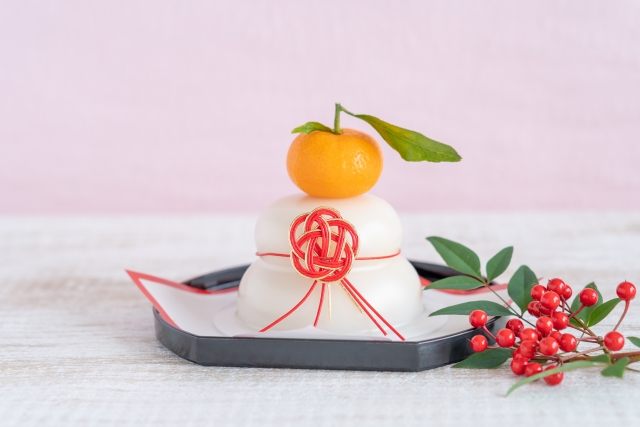
まとめ
今回は、「日本のお正月ではどんなことをするの?」という疑問について解説してきました。
ここで挙げたように、日本ならではのお正月の行事がたくさんあります。
すべてでなくても良いので、日本でお正月を迎える際はぜひいくつか体験してみてはいかがでしょうか?

